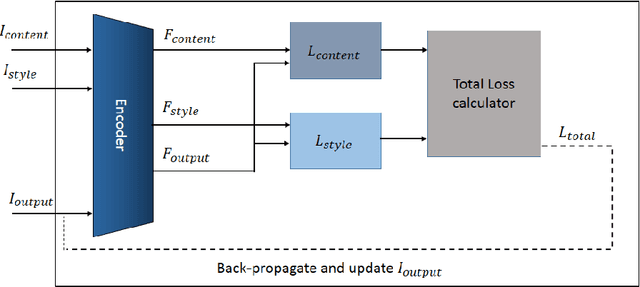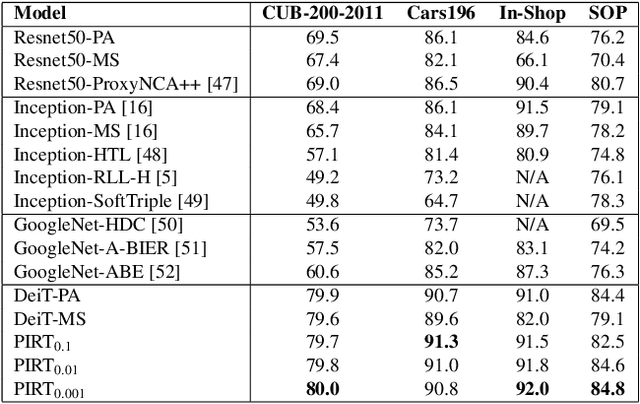Monireh Moshavash
Generating Modern Persian Carpet Map by Style-transfer
Aug 08, 2023



Abstract:Today, the great performance of Deep Neural Networks(DNN) has been proven in various fields. One of its most attractive applications is to produce artistic designs. A carpet that is known as a piece of art is one of the most important items in a house, which has many enthusiasts all over the world. The first stage of producing a carpet is to prepare its map, which is a difficult, time-consuming, and expensive task. In this research work, our purpose is to use DNN for generating a Modern Persian Carpet Map. To reach this aim, three different DNN style transfer methods are proposed and compared against each other. In the proposed methods, the Style-Swap method is utilized to create the initial carpet map, and in the following, to generate more diverse designs, methods Clip-Styler, Gatys, and Style-Swap are used separately. In addition, some methods are examined and introduced for coloring the produced carpet maps. The designed maps are evaluated via the results of filled questionnaires where the outcomes of user evaluations confirm the popularity of generated carpet maps. Eventually, for the first time, intelligent methods are used in producing carpet maps, and it reduces human intervention. The proposed methods can successfully produce diverse carpet designs, and at a higher speed than traditional ways.
Deep Metric Learning with Soft Orthogonal Proxies
Jun 22, 2023



Abstract:Deep Metric Learning (DML) models rely on strong representations and similarity-based measures with specific loss functions. Proxy-based losses have shown great performance compared to pair-based losses in terms of convergence speed. However, proxies that are assigned to different classes may end up being closely located in the embedding space and hence having a hard time to distinguish between positive and negative items. Alternatively, they may become highly correlated and hence provide redundant information with the model. To address these issues, we propose a novel approach that introduces Soft Orthogonality (SO) constraint on proxies. The constraint ensures the proxies to be as orthogonal as possible and hence control their positions in the embedding space. Our approach leverages Data-Efficient Image Transformer (DeiT) as an encoder to extract contextual features from images along with a DML objective. The objective is made of the Proxy Anchor loss along with the SO regularization. We evaluate our method on four public benchmarks for category-level image retrieval and demonstrate its effectiveness with comprehensive experimental results and ablation studies. Our evaluations demonstrate the superiority of our proposed approach over state-of-the-art methods by a significant margin.
 Add to Chrome
Add to Chrome Add to Firefox
Add to Firefox Add to Edge
Add to Edge